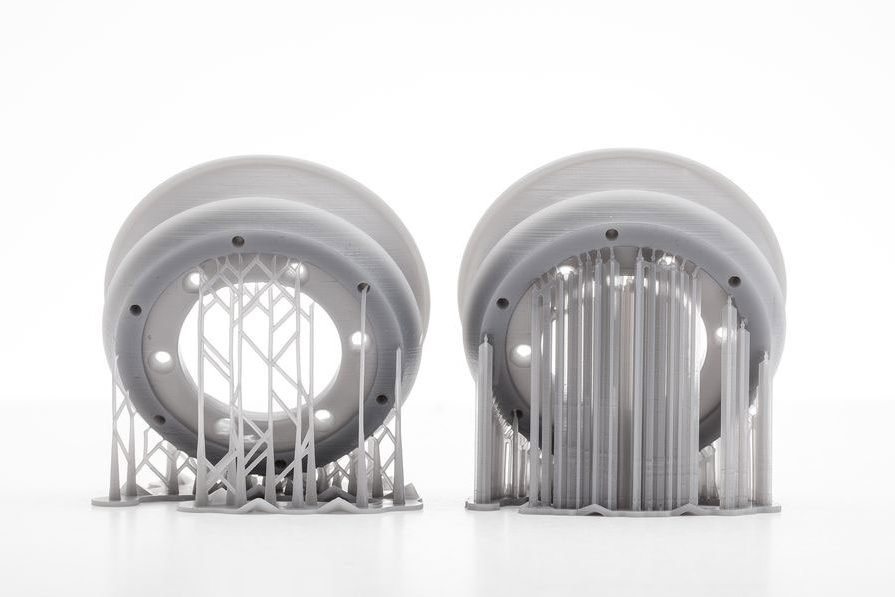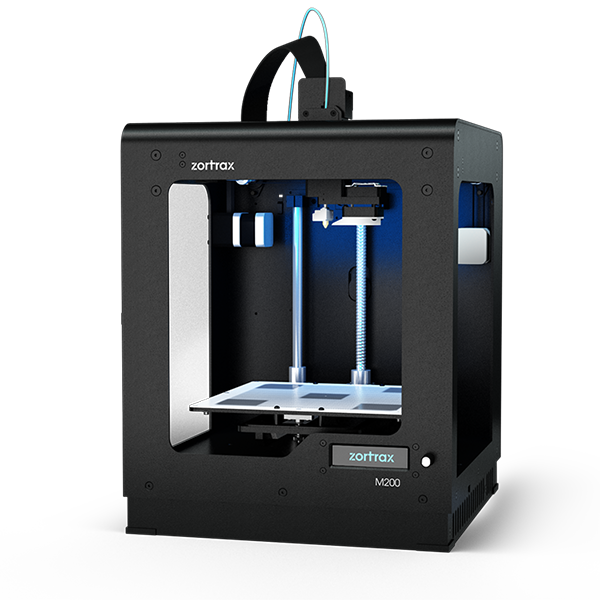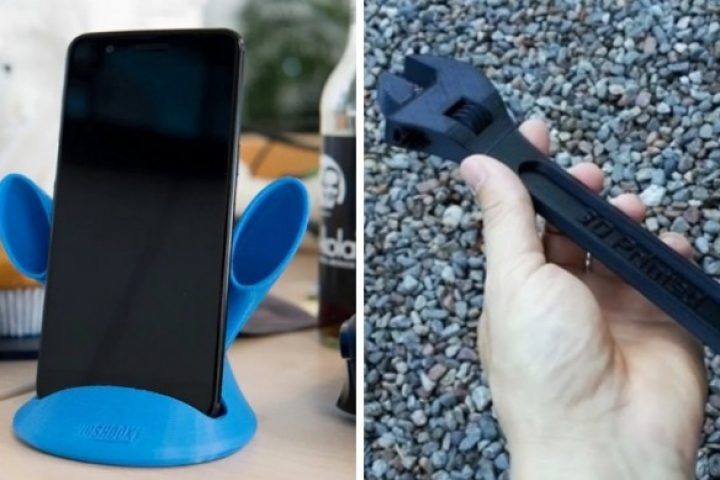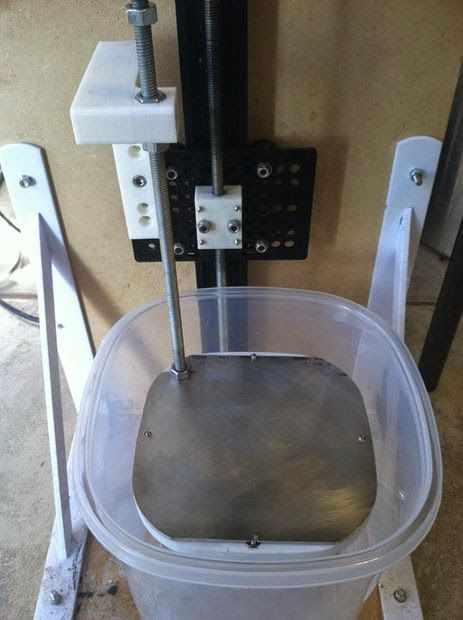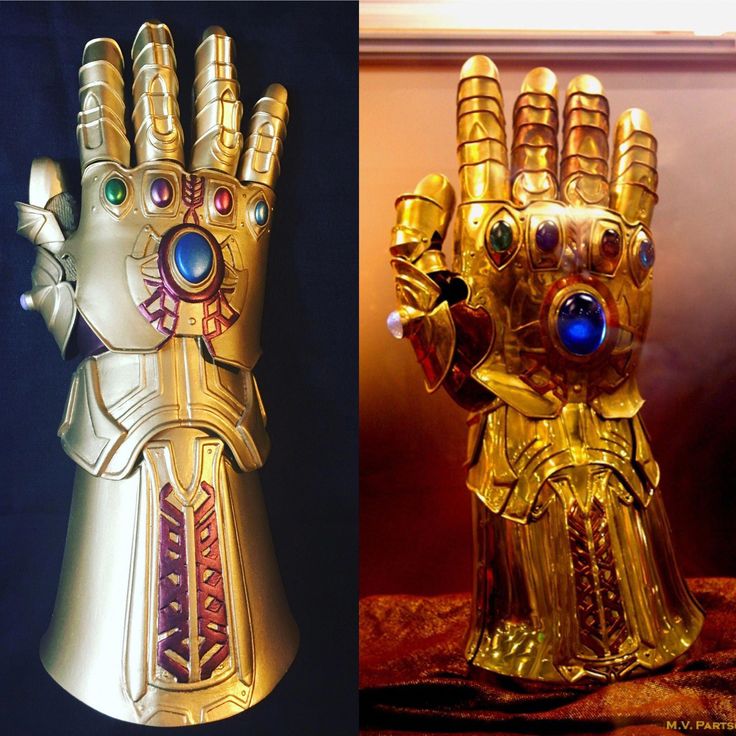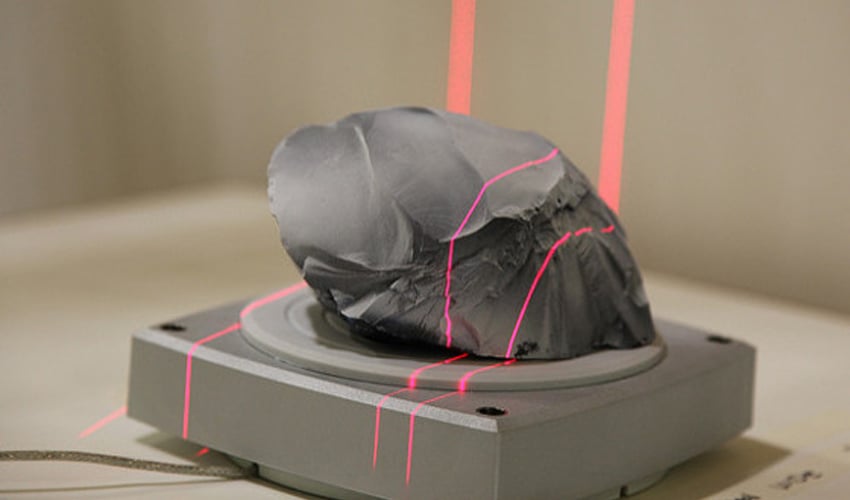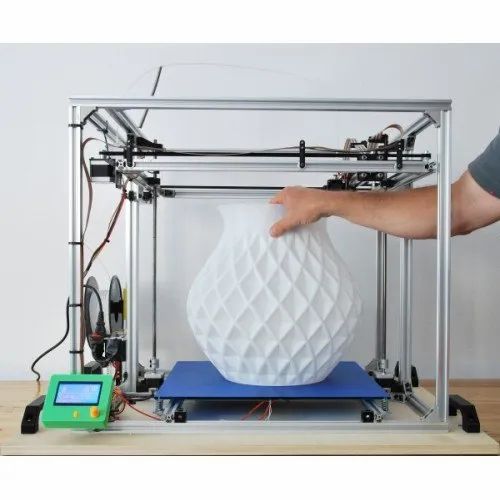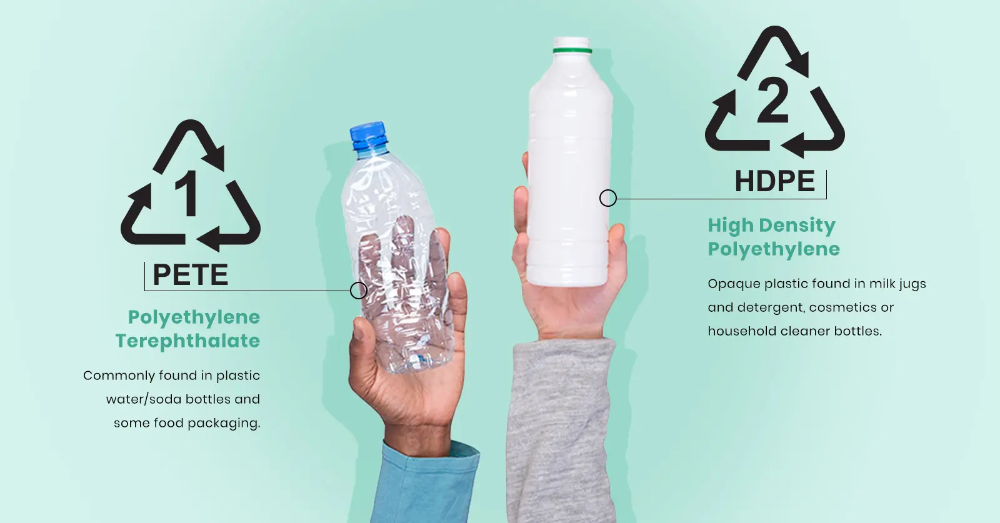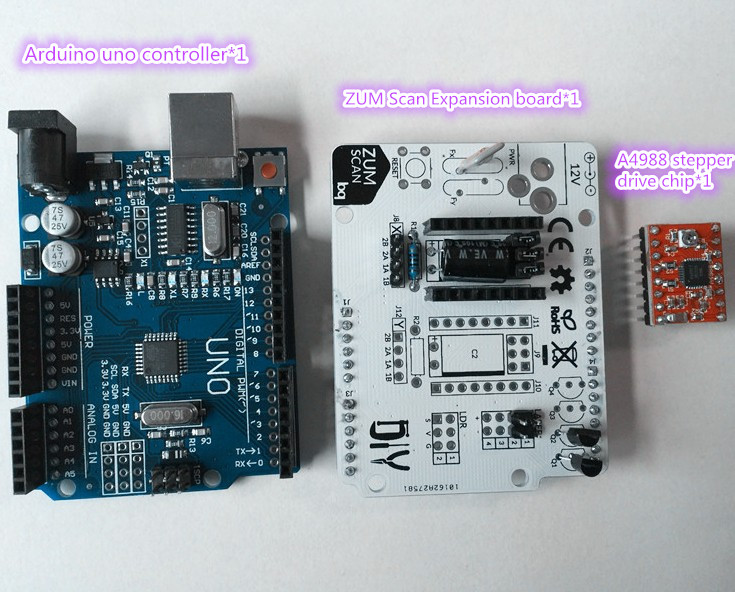Nimble 3d printer
Nimble in Detail - Zesty Technology
Genesis
In the beginning, there were direct drive extruders, they were heavy. Bowden tubes came along but must be banned. So what to do?
We looked at the existing options, there was nothing suitable.. The Nimble is a response to this frustration.
The story continues
Introducing the Nimble V3 or better known as the Flex.
Based on the same principles that made the Nimble and Sidewinder so great, the Flex does away with the need of two separate models. With the Flex you can position the drive cable where you need it for your printer.
We have kept all the nice features of the original Nimble.
- It is still ambidextrous.
- Increased the ease of installation and use
- Improved the strength of our parts and heat deflection temperature
- Made the breech easier to open and close
We listened to our customers to understand what they liked and what needed to be improved. So we started with a clean sheet and a list of things that could not be changed and a list of what had to be improved.
Form
There were three primary driving forces behind the design evolution and form of the Nimble
- Modular Approach
- Size
- Elegant Design
The extruders modular approach means you don't have to replace your extruder if you upgrade to multiple extruders or move to a new printer. It resulted in fewer parts, and a few surprising extra features.
The tiny size of the Nimble required purpose designed parts, this means you don't suffer the functional compromises that other extruders have through the use of off the shelf parts.
But foremost in our thoughts was always Form follows Function, which resulted in the minimal and elegant design of the Nimble.
Function
What is the function of an extruder? Duh! It pushes filament.
The Nimble is special, not only does it push filament it does it with the following added benefits.
Only 25 grams, including mounting hardware! Easily the worlds lightest extruder. This lack of weight improves your motion control and allows you to print faster. You not only get better prints, you get them quicker as well.
The easiest and fastest filament change of any extruder, a simple click and done. It's tiny which means it is easy to fit on almost every printer.
The 30:1 gear ratio of the Flex means you have better control. You benefit directly from the much finer control of extrusion rate than is possible with other extruders.
Essentially, with the Nimble you can print faster and with much better extrusion control. This means better layers and smoother prints.
Features
How does all this work translate to features that make this one of the best extruders? There is a whole raft of features that make using the Nimble and printing better and make your 3D printing life easier.
Drive cable position
We made the body of the Flex in such a way that you can rotate the part the holds the worm and drive cable, in 22.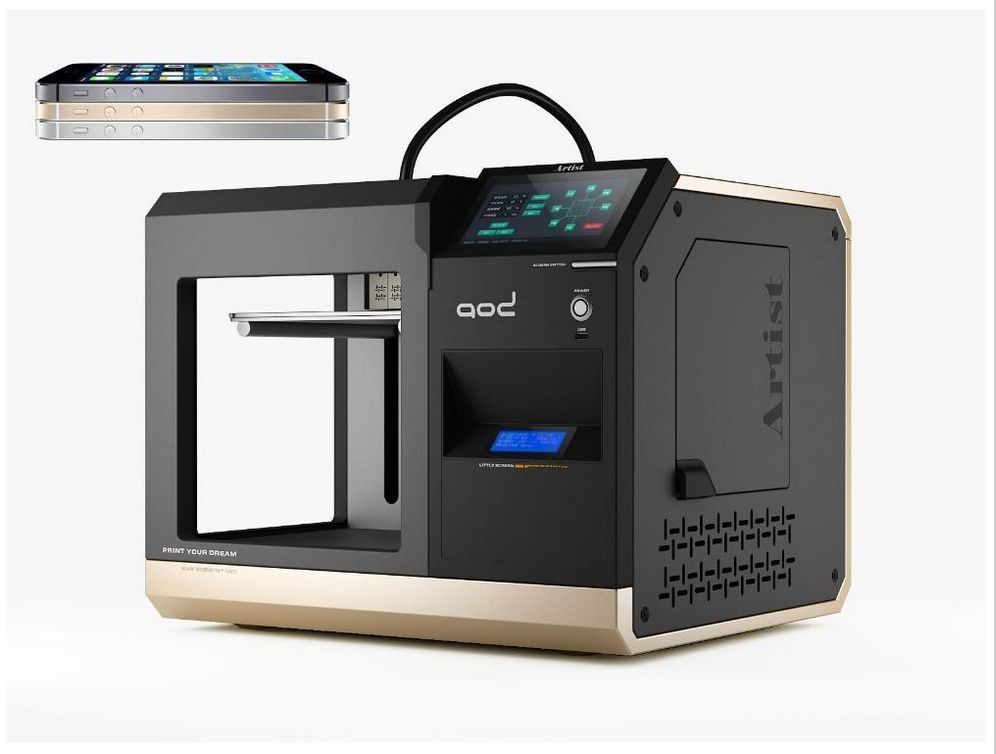 5 degree steps. The part that holds the hob (the Hobbit) is fixed, to ensure a centred filament path.
5 degree steps. The part that holds the hob (the Hobbit) is fixed, to ensure a centred filament path.
The Drive cable can be positioned horizontal (backwards pointing), vertical, or steps in between.
The Breech: its a lever-lution
V1 Nimble shown
This little device makes filament changes so easy
- Pinch to open
- Remove old filament
- Insert new filament
- Click it shut
When the breech is open, with most Nimble adapters, you see the filament path all the way to the top of your hot end.
With the breech open you can push filament by hand and actually feel how well filament is extruding, and just push new filament through to purge the old filament in the hotend.
No more gummed up hob, you can actually see it and it's easy to clean with a small stiff brush.
Ambidextrous: there is no right way up, or left way.
One of our biggest and most challenging achievements was the left and right handed mounting capability.
V1 Nimble shown
The Nimble can be installed in the best orientation for you and your printer, one way or the other. Simply flip it over and mount it. If you are using more than one Nimble and placing them side by side, filament centers can be as little as 12.4mm apart, it's amazing really.
You can move you Nimble to a different printer by simply substituting a suitable adapter, that's freedom!
We give you all you need to design your own adapter, but better yet we will design the adapter or you free of charge if you want.
Here is more information about adapters.
Hob: not the goblin type
The combination of the Nimble breech and its custom-designed hob allows you to print pretty much any filament.
We have successfully printed many filaments, from the hardest to the softest, from the most brittle to the most floppy filament, everything has been tested.
CarbonFil, a very stiff and hard filament that is infused with carbon fiber, printed smoothly.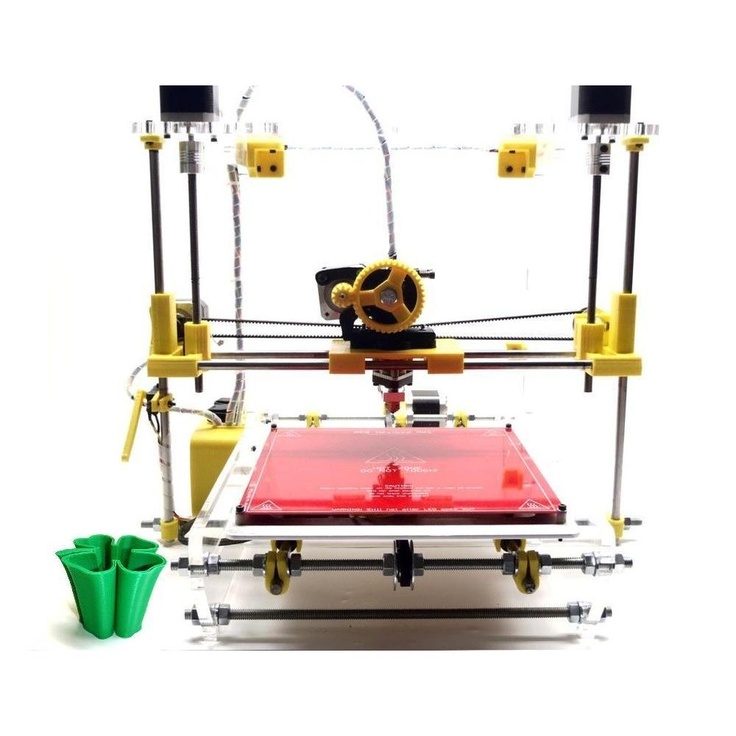 X60 filament, widely known as the most elastic and floppy filament available, we simply closed the breech, adjusted the temp and speed and off it went, printing perfectly.
X60 filament, widely known as the most elastic and floppy filament available, we simply closed the breech, adjusted the temp and speed and off it went, printing perfectly.
Overall, as we said before, form follows function. Great form results in great features.
We think you'll agree this makes the Nimble the easiest, lightest and best extruder you can find.
Get your Nimble now
Not Direct, Not Bowden, But Something Else « Fabbaloo
By Kerry Stevenson on April 8th, 2019 in Hardware
Tags: bowden, direct, extruder, hotend, nimble, zesty technology
The lightweight Nimble extruder [Source: Zesty Technology]I’m looking at a unique 3D printer extruder design from Zesty called “Nimble”.
Cyprus-based Zesty Technology produces this unusual design that is neither a direct or bowden-style extruder, but something else entirely.
Readers may be familiar with the two major styles of extruder for filament-based 3D printers, direct and bowden. If not, please check our explanation of the two here.
If not, please check our explanation of the two here.
Direct drive is perhaps more popular, and involves placing the stepper motor directly on top of the hot end, so that the filament is pushed only a few millimeters before it enters the hot zone and begins softening. The advantage is that there is little opportunity for the filament to stretch, tangle, or otherwise foul up during printing. The disadvantage is that the weight of the stepper motor makes the moving portion of the system quite heavy, limiting its ability to react to fast changes in direction.
Bowden-style devices involve placing the stepper motor outside the build chamber, where they push the filament along a long path through a tube to the hot end. The advantage is that the moving portion of the hot end is lightweight and thus can, at least in theory, be operated at higher speeds. However, slack space in the tube and natural elasticity in the filament can make retraction operations challenging, and some highly flexible filaments simply cannot be attempted, as they would bung up in the bowden tube like pushing wet spaghetti.
There are proponents for both approaches, and neither is right or wrong. Direct drive systems are more popular, perhaps because they do work with any material, at least at slow speeds.
The drive cable used on the Nimble extruder [Source: Zesty Technology]Zesty Technology’s Nimble extruder works like neither of these approaches. Here’s how it works:
-
The stepper motor is located outside the build volume, in a spot where you might expect to find a bowden system’s motor
-
The motor does not drive the filament as a bowden system would; instead it rotates a rigid cable
-
The rotating cable is connected to the moving portion of the extrusion system, where the rotational motion of the cable is transferred to a gear system that moves the filament
-
The component that attaches to the hot end is not only very lightweight, but it is simplified and is extremely easy to load and clean
This configuration allows the moving portion to be lightweight, as a bowden extrusion system would be, but also has a short push-length, as a direct drive system would be. It seems to have the advantages of both direct and bowden.
It seems to have the advantages of both direct and bowden.
Zesty Technology says the gear ratio is such that there is tremendous control over the flow, perhaps enabling well-controlled retractions. However, I am interested to know how much “play” is involved in the rotational cable. If it is significant, then we might see bowden-like effects, where there is a slight delay between action and reaction at the hot end.
Nevertheless, the Nimble extruder is a revolutionary approach that merits further examination.
It is possible to purchase a Nimble extruder today, at a cost of US$95.95. However, it is only the extruder, and you’ll have to install it onto an existing filament-based 3D printer by replacing the extrusion system.
Zesty Technology provides a number of adapters suitable to fit popular desktop 3D printers through an arrangement with Shapeways, where the adapters are 3D printed in strong nylon on demand.
I’m hoping to see the Nimble extruder be licensed by 3D printer manufacturers for default installation in products to simplify things, but I’m not certain if any manufacturers have done so yet. I believe this extruder could be an important selling point for some offerings, where it could differentiate the 3D printer from the competition.
I believe this extruder could be an important selling point for some offerings, where it could differentiate the 3D printer from the competition.
Via Zesty Technology
MakerBot Fills In The Materials Gap
MakerBot has bridged their materials gap with a new program that partners with multiple 3D printing materials providers.
Pico Hybrid Hot End Arrives!
Metaform is about to launch a very powerful hybrid 3D printer hot end that is not only very tiny, but can 3D print both flexible and higher temperature materials.
A Revolutionary Revolving 3D Printer Extruder from Fuselab
A new extruder concept was unveiled by Fuselab that spins at high speed to reliably deliver precise amounts of thermoplastics in 3D printers.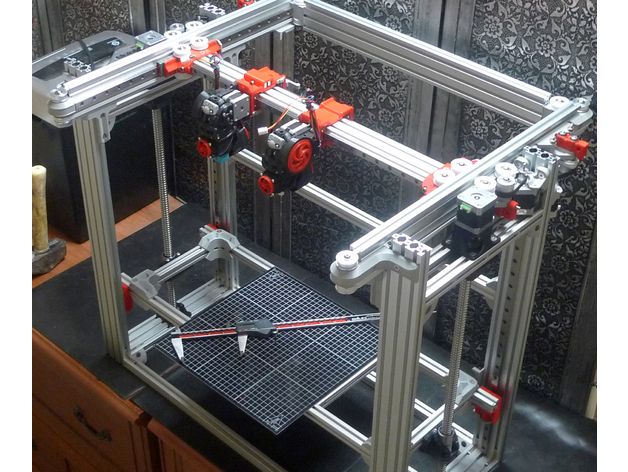 We found out how it works.
We found out how it works.
Have You Heard Of Runice’s 3D Printer Components?
Runice is an OEM manufacturer that provides hot end and extruder components to many 3D printer manufacturers.
The TRILAB DeltiQ 2 3D Printer
The powerful DeltiQ 2 3D Printer from TRILAB includes a surprise extrusion system that allows easy 3D printing of flexible material.
E3D-Online Announces The Hermes System
E3D-Online announced a breakthrough 3D printing extruder / hot end system called Hermes. It offers a very powerful feature, yet is still low priced.
It offers a very powerful feature, yet is still low priced.
What’s In E3D-Online’s Mystery Boxes?
E3D-Online produces some of the highest-quality 3D printer components used in the industry, and now you can obtain a batch of them at very low cost.
A Coaxial 3D Print Extruder?
Ever heard of a coaxial nozzle for 3D printing? This is an experimental version being used for unusual food 3D printing.
E3D-Online’s Origin Story
We had a chat with E3D-Online co-founder Sanjay Mortimer to find out more about the company.
Direct Drive Upgrade Available for CR-10S
There’s a new upgrade available for the popular CR-10S desktop 3D printer from Creality.
Kerry Stevenson, aka "General Fabb" has written over 8,000 stories on 3D printing at Fabbaloo since he launched the venture in 2007, with an intention to promote and grow the incredible technology of 3D printing across the world. So far, it seems to be working!
View all of Kerry Stevenson's posts.
Small and smart!
RepRap
Subscribe author
Subscribe
Don't want
15
Hello everyone!
I want to share my homemade printer with a wide audience.
With a small fleet of printers and periodic print orders, there were always those who needed a small detail as urgently as possible.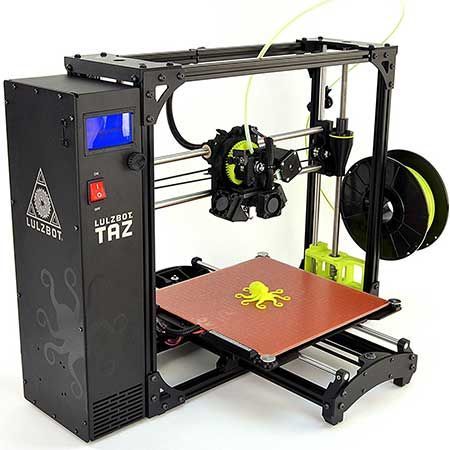 Either the UAZ door handle broke off, or the gear of the trunk motor on the Opel crumbled. And I didn’t really want to launch large printers for the sake of such small things. Many friends also wanted printers for themselves, but there was a problem with the place, placement.
Either the UAZ door handle broke off, or the gear of the trunk motor on the Opel crumbled. And I didn’t really want to launch large printers for the sake of such small things. Many friends also wanted printers for themselves, but there was a problem with the place, placement.
This is how the idea of assembling a small printer with a small print area was born. There are options for ready-made printers, but I wanted something as simple as possible, reliable, and most importantly affordable for assembly and repair.
While drinking beer, my friend and I decided to stir up our small printer. The Dutch Ultimaker 2Go was taken as the main dimensions and mechanics, its source codes are freely available. Based on it, the case was designed, the power supply, brains and screen were placed in it. They cut it out of 6 mm plywood, ordered shafts and bearings in Russia, electronics and everything else in China.
Next came the question of the table warmer. The Chinese version of the sandwich did not suit me, I also did not want to put a heating pad on such a table size. Having estimated their strength, they developed their own version of the heating table from 12 volts. Well, then assembly and joyful operation!
Having estimated their strength, they developed their own version of the heating table from 12 volts. Well, then assembly and joyful operation!
What we got at the output:
cutting plywood in such a small version is very cheap,
- aluminum table support from the original Ultimaker 2Go, added 2 holes only,
- not very cheap, but acceptable table heater, which gains 80 degrees for a couple of minutes,
- the most affordable and popular components from China,
- print area 110x110x110 mm,
- due to small physical dimensions, it is easy to reach high print speed.
reprap mini plywood case
Follow author
Follow
Don't want
15
More interesting articles
28
Subscribe to the author
Subscribe
Don't want
I've been missing Mitya's printing area, and the features of delta kinematics suggest.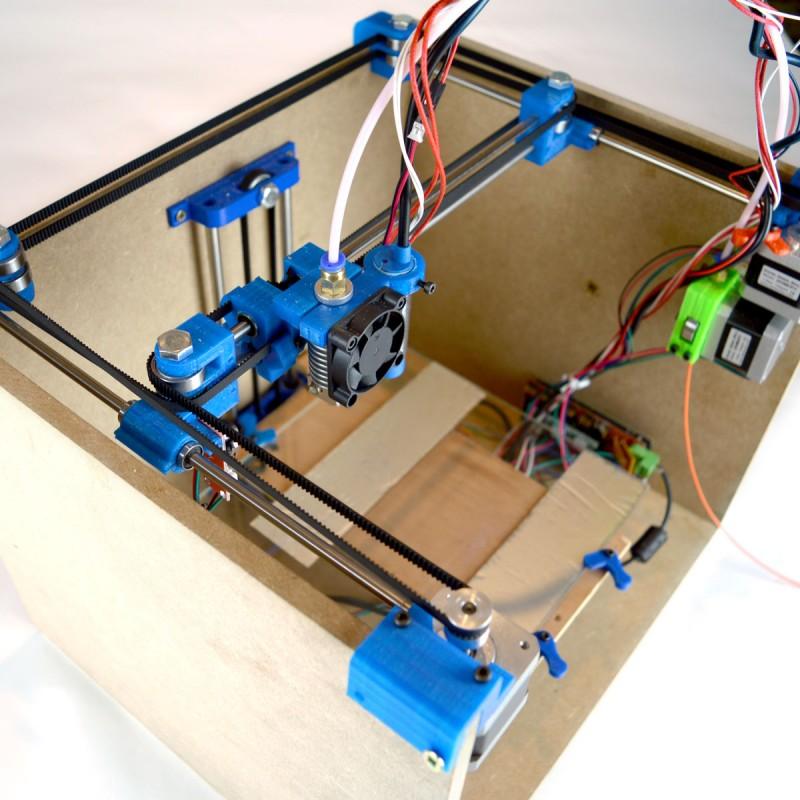 ..
..
Read more
xolodny
Loading
11/30/2022
735
19
Subscribe to the author
Subscribe
Don't want to
Even when I was posting the first reports on the creation of this fat man, some of the candy lovers were interested ...
Read more
F32
Loading
09/08/2021
11545
169
Follow author
Follow
Don't want to
Hello everyone! I give drawings with source codes of one more of my printers. Where to cut, how much it costs - not ...
Read more
Miracle photopolymer 3D printer CREALITY HALOT-SKY / Sudo Null IT News
Hamsters welcome you friends!
Today's post will be about printing on Creality Halot-Sky photopolymer 3D printer. In the course of the post, let's look at what it is capable of, what a liquid photopolymer is and what additional equipment you need to have. As befits traditions, let's go beyond the usual life and try to print models from burnt jewelry photopolymers. We will also find out what problems there may be with them and how the manufacturer can react to this.
In the course of the post, let's look at what it is capable of, what a liquid photopolymer is and what additional equipment you need to have. As befits traditions, let's go beyond the usual life and try to print models from burnt jewelry photopolymers. We will also find out what problems there may be with them and how the manufacturer can react to this.
The device consists of a printer body and an orange flip cover that protects the photosensitive polymer resin from UV rays. The clamshell design saves space and visualizes the printing process through transparent windows. From additional inventory there is an instruction, brushes for windows, a spatula for repairing an apartment and every little thing. What is missing in this kit is a jar of photopolymer, I had to buy it separately. Also included is a 16 GB flash drive where you can store your photos, movies and of course files for printing.
Looking ahead, I will say that the printer only accepts the CXDLP format, specially developed for this by a group of engineers, with the aim of sabotage. We will return to this point.
We will return to this point.
Instructions are here in plain Chinese-English. Usually I collect such waste paper by the summer, as the barbecue season is coming soon. Now we are interested in the illustration of how to attach the orange cover. To do this, we find the right tool in the kit and remember in which direction the screws are twisted. Four of them need to be screwed in, and on this the printer assembly can be considered complete. As they say, a minute ago I took out the device from the box.
Table calibration is performed once and does not require any further action. To do this, loosen the four screws that secure the platform. This is important, otherwise push the matrix! In the menu we find the axis calibration button Z , press it and put the calibration cardboard directly on the printer matrix. The lead screw will raise the table to the very top to the optical limit switch, and then lower it to the very bottom so that the platform rests under its own weight on the calibration cardboard. At this stage, you need to tighten the four screws and that's it, the device is ready to print!
At this stage, you need to tighten the four screws and that's it, the device is ready to print!
Brief printer specifications. The model is equipped with an 8.9-inch 4K monochrome screen with a resolution of 3840x2400 pixels and a print build area of 192 * 120 * 200 mm, which allows you to create products of large sizes and incredibly high detail. Also, accuracy is achieved thanks to two massive guides of the axis Z along which the table moves, which allows you to print models with a layer thickness of up to 10 microns. An interesting feature of the model is a proprietary 120 W light source, which can significantly speed up printing time.
Creality announces that it has created a new ILS illumination system for the Halot-Sky printer. Its essence lies in the fact that LEDs with a wavelength of 405 nm shine on a mirror that reflects ultraviolet onto a monochrome screen, thereby creating a denser and more uniform light flux with a uniformity of 90%, which has a positive effect on printing.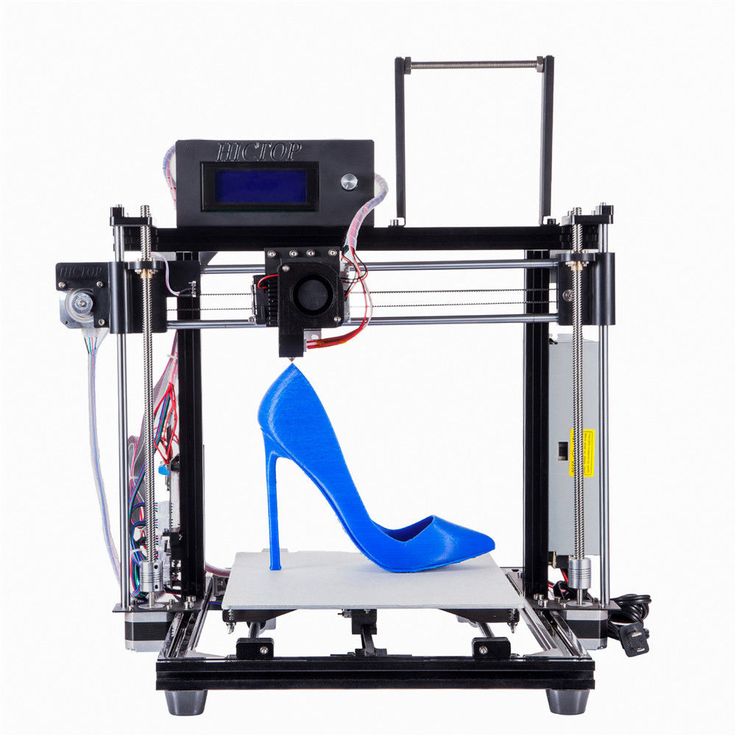 What about the reliability of such illumination? It needs to be improved! One of the four mounts fixing the mirror on the frame turned out to be broken, therefore, during the printing process, the glass resonated in time with the stepper motor and this showed an artifact on the model, resembling parasitic light. Fixed the problem with a soldering iron.
What about the reliability of such illumination? It needs to be improved! One of the four mounts fixing the mirror on the frame turned out to be broken, therefore, during the printing process, the glass resonated in time with the stepper motor and this showed an artifact on the model, resembling parasitic light. Fixed the problem with a soldering iron.
It is advisable to update the firmware before using the printer. To do this, go to the Creality website and in the Resin Series section we find the item Halot Os. At the time of shooting, the latest firmware is available for January 21, 2022. Download it to a PC, and then transfer it to the USB flash drive that comes with the kit. We insert it into the printer and in the System settings section we see the Local upgrade item, click it, and then the OK button. After these actions, the Pokémon will dance on the color touch screen. Next, the printer will prompt you to select the language, Wi-Fi network and other pluses.
Also, through the Creality Cloud mobile application, you can watch the printing process or, for example, press the pause button to view the model, and perhaps that's it. It is impossible to send a model for printing from the phone, since the application does not have a normal slicer for its own line of polymer printers (I think this is temporary). Although, to be honest, all the people I know in the field of polymer printing work only with flash drives. Understood the technical part.
Let's consider the additional equipment that is needed to work with photopolymer resin. Perhaps the first and most necessary is an ultrasonic bath!
If anyone asks where you can buy one, I answer - nowhere! This is our own development, which has no analogues today. The emitter power here is 100 W, there is a power adjustment, a timer, heating, a liquid degassing function, touch controls and much more. And I don’t need to write about Chinese anal-ogs, they didn’t even stand next to me.
What is this sink for? After printing, liquid polymer resin remains in the pores of the model. If the part is complex, it is quite difficult to remove it with a regular brush, and excess resin can harden over time and ruin the thin elements of the product. The ultrasonic bath eliminates possible defects associated with poor washing. Isopropyl alcohol is used as a flushing fluid. Ethyl is a pity to use, it is better to drink it.
We also need a block of toilet paper, different types of photopolymer resins, brushes, filters, nail files and UV lamps. The paper must be Obukhov, of the highest quality. And then suddenly during the press twist the stomach ...
After printing and washing, the model must be cured under UV light. For this, a turntable was made based on a motor from a microwave oven and LED lamps from protective glasses for a phone. The luminous flux must uniformly illuminate the model from all sides, otherwise it may be deformed due to uneven shrinkage of the polymer. You can assemble such a device in a couple of minutes, as you can see from the design, nothing complicated. A simpler solution that does not require any investment is ordinary sunlight.
You can assemble such a device in a couple of minutes, as you can see from the design, nothing complicated. A simpler solution that does not require any investment is ordinary sunlight.
Before starting work, it is necessary to level the table on which the printer will be located. Axle table Z must be evenly immersed in resin, especially when there is little liquid in the tank, which can lead to rejects due to uneven distribution of liquid in the container.
Getting started with printing. At about the same time as the printer arrived, ROYAL RESIN burnout photopolymer was ordered. This little 500 gram jar costs 170 bucks. Expensive, of course, but taking the last coins out of my pocket, I took them to study new 3D printing technologies. In the future, we will pour silver in the end! With my head held high, I tear off the protective film from the bottle and effectively fill the tank of the new printer. Everything would have been fine if not for my luck. In general, you can make a separate issue on this topic, for which you don’t take it, something always goes wrong.
In general, you can make a separate issue on this topic, for which you don’t take it, something always goes wrong.
Resin has slightly delaminated after half a year in the cabinet, but this is normal. It is recommended to shake the polymer before use. In the process of pouring this swamp back into the jar on Teflon FEP film, some particles of dirt caught my eye. They were quite hard to the touch, like salt or sugar. Curious...
A detailed examination of the contents of the filter showed that there are foreign inclusions in the resin. After washing them in alcohol and analyzing the appearance, it turned out that the resin began to crystallize during the six-month exposure. Some crystals had a pronounced hexagonal shape like a snowflake during its formation. The substance tastes tasteless, the gums do not go numb from it. In general, if you put the model on print with such a resin, the table axis Z will push through the Teflon film with sharp crystals and the expensive polymer will run away, while the printer matrix will most likely crack and fail.
Having written about this problem to the manufacturer, they shrugged their shoulders and said that they saw this for the first time, they say send it to the bank - we will study it. I immediately refused the proposed option to replace the polymer with another and asked for a refund. And then the circus began. As it should be for any serious company, no one will write to you first, everyone is very busy there. When asked how things are going there, the manager said that less than half of the photopolymer in the received bank was left and the money would be returned for the weight that was left. I was surprised because I transferred resins from the strength of 30 grams. Then, after a couple of hours of calm, a message came that they would return the full amount. And what do you think, such breakfasts lasted three long days until I bothered them with calls. With all this, the feeling did not leave me, as if I had been done some kind of favor. Well, nothing, but now I have magic crystals. ..
..
Next I used Anycubic resin in Skin. This jar is already three years old. During downtime, of course, it exfoliated and before using it, you must definitely shake it up and let it stand for a couple of hours so that all the bubbles come out. Otherwise, you can get soda. So that the resin does not deteriorate from light in between printing, the container is covered with a black lid that comes with the printer.
How to determine the required exposure time for polymer resin. This technique is universal and is suitable for each model of photopolymer printer. There is a calibration matrix for this. Suppose we need a layer height of 50 microns. In the printer settings, set the exposure time for the first couple of layers, for example, 40 seconds, and for the next and most important ones, 2 seconds each. The matrix is thin and it prints in minutes. Next, we wash the calibration square in an ultrasonic bath and see what happened there. I say right away that guessing the exposure time the first time will not work. For each type of resin, even the same manufacturer, it will be different. Therefore, experimentally, we play with the settings until we achieve the best print result. For Anycubic resin in Skin color, the exposure time of the 50 micron layer was 2 seconds, but for the gray resin, the optimal time was 1.7 seconds.
For each type of resin, even the same manufacturer, it will be different. Therefore, experimentally, we play with the settings until we achieve the best print result. For Anycubic resin in Skin color, the exposure time of the 50 micron layer was 2 seconds, but for the gray resin, the optimal time was 1.7 seconds.
It is important to sign the parameters on the matrix, because the memory is so short. With detailed magnification, the difference in layer thickness is clearly visible. It all depends on what detail of the final product we need. Naturally, the smaller the layer, the longer the printing time will be.
What details to pay attention to. The first is the convergence of the photopolymer mass in the center of the bulge and bulge in the figure in the form of an infinity sign. This is a complex form, and here it is extremely clear where the underlight is, and where the overexposure is. We also look at the ruler, very thin grooves the size of a needle tip will be slightly overexposed - this is normal. The baffles come out pixel-sized, which defaults to 50 micron XY-axis. I must say right away that this is an ideal example from which to take an example.
The baffles come out pixel-sized, which defaults to 50 micron XY-axis. I must say right away that this is an ideal example from which to take an example.
A separate Halot Box slicer has been developed specifically for this printer. It is as simple as the corner of a house with complex polygonal masonry of the ancient Incas. With simple models, the program works like clockwork. For example, this is a keychain in the form of a radiation sign, downloaded from the Thingiverse resource. In the program, in the print section, click the slicing button. The model will be cut into layers and the file can be saved to a USB flash drive.
As mentioned earlier, the printing time depends on the thickness of the layer of axis Z . For 50 microns it will be 16 minutes. For another similar model with only a 10 micron layer, the time will increase to 1 hour 11 minutes. Keychain height 3.5 mm. Now you can turn on the mathematics and carry out complex arithmetic calculations for the print time of a layer, for example, 1 cm. Click on the start button and watch the process.
Click on the start button and watch the process.
Polymer resin is inherently a very tricky thing. Its polymerization occurs to a greater extent from a wavelength close to 400 nm. The CONVOY flashlight has a wavelength of 365 nm and is designed to check banknotes and search for traces of crimes in the toilet. If radiation is directed at a photopolymer, it will become very hot during polymerization. The same thing happens during the printing process. The maximum temperature that we managed to fix during illumination is 60 degrees. The tricky properties of the resin are that the top layer that has been irradiated instantly blocks ultraviolet light and prevents the lower layers from hardening. Takes all the brunt, so to speak.
In the meantime, we are watching the printing process. Since the polymer, according to some, is extremely toxic, we work in the mask that comes with the kit. It protects the resin from the snot that flows during a cold.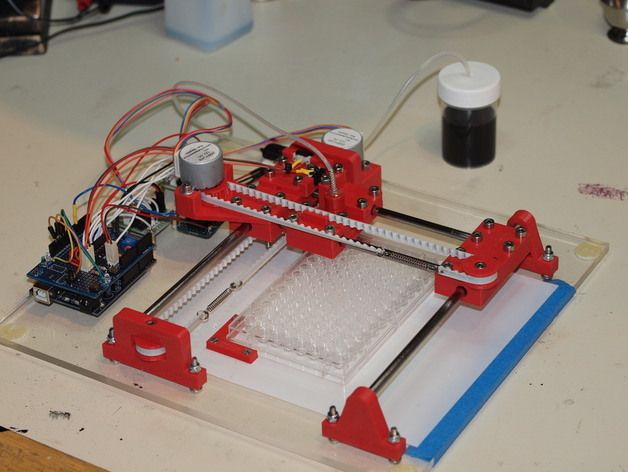 Contact with the slurry on the skin is undesirable, it can be absorbed and lead to the most unpredictable consequences.
Contact with the slurry on the skin is undesirable, it can be absorbed and lead to the most unpredictable consequences.
Printing has ended. Using a spatula, tear the model off the table and wash it in isopropyl alcohol. For such simple products, an ultrasonic bath is not needed. The quality of the model is at the highest level. Those who took this keychain in their hands could not believe that it was printed at home using modern technologies. Other than that, you can see for yourself. We carry out the procedure of ultraviolet irradiation to finally fix the resin.
A little about photopolymer adhesion. The problem with my old Anycubic Photon printer was that its models often came off the table, which in turn led to printing defects. Creality has no problem with this. Models with a large contact area completely refuse to come off. The printer comes with a metal spatula, after unpacking it must be sharpened immediately. Otherwise, it will be difficult to pick out the model.
When printing another test model from slurry, a marriage was born. When the spacecraft tried to take off, its fragments flew in all directions, some of which landed in tar. Such meteorites in the volume of slurry are unacceptable. In addition to the fact that you can spoil the model, you can also push the matrix. The mood will be spoiled, and printer maintenance will cost a pretty penny. Therefore, we are not lazy and periodically filter the resin, especially since there are enough filters for the kit.
The second way to clean foreign objects is through the Cleaning button. It simply lights up the screen and irradiates the entire bottom layer of the photopolymer. When printing calibration matrices, thin partitions located on it can come off and cover the entire Teflon film with bottom sediments. With a spatula, such a hair will not be scraped off. Therefore, we press the Cleaning button for 5-10 seconds, and then remove a thin film from the bottom of the bath.
Visual depilation session. This is how much garbage came out in the process of printing calibration matrices. If you do not carry out such procedures, then the master of iodine will be dissatisfied because he will grow a beard. In general, we are not lazy and filter the resin in time, and also clean the surface of the FEP film from time to time.
A little about the axle table Z . It is aluminum with a thin layer of anodizing for good adhesion. There is no need to be zealous with an iron spatula. One day, Master Yoda firmly entrenched himself in his positions and did not want to come off. I had to knock him out by force. Both metal and plastic flew to the sides. As a result, the appearance of the table has forever lost its original appearance. In order to separate the result of many hours of cultivation without consequences, I recommend removing the table from the printer and carefully peeling off all this beauty.
Halot Box software. This is a primitive slicing in which you can set the layer thickness starting from 10 microns, create hollow models and generate supports. The software is pretty fast. Supports for those who are faced with this type of printing for the first time are needed so that individual fragments of the model do not begin to grow in the air. Otherwise, the fingers will remain in the resin due to the small area of contact with the table.
This is a primitive slicing in which you can set the layer thickness starting from 10 microns, create hollow models and generate supports. The software is pretty fast. Supports for those who are faced with this type of printing for the first time are needed so that individual fragments of the model do not begin to grow in the air. Otherwise, the fingers will remain in the resin due to the small area of contact with the table.
Supports are installed on all protruding elements. Here we are not in a hurry and carefully study the layers of the model from all possible angles, the polymer resin is quite expensive, and screwing up the print is easy. I do not recommend automatic generation of supports to anyone, only manual. From practice, the machine does not understand where and which node of the model needs to be strengthened. All this comes with experience, even in the manual version it is impossible to foresee all the subtleties, because the starship at the stern began to exfoliate like an open book in the wind.
For hollow models, a drain hole is required to drain the resin, a function in the program is called Drill. If you do not make a hole, the resin will be sealed inside the product. In this case, we take out a drill and perform drilling work, and then drain.
Now about Satan. I don't understand how this software got into the outside world. He constantly took off and sometimes had to repeat the same procedure several times. This applies to both younger versions and older ones. Technical support said that my Windows is outdated, let's put the top ten. Installed and saw the same thing. After a while, I updated my computer and already on Ryzen 9everything worked.
Third-party programs like Lychee Slicer seem to be advanced, but the i5 computer constantly sent me to hell. The layer height could also not be set below 50 microns. CHITUBOX turned out to be perhaps the best slicing program that doesn't freeze your computer, but it doesn't have support for the Halot SKY printer.
As a result, I had to use my own slicer. By trial and error we create a model of the green master and upload it to a USB flash drive. We insert the flash drive into the printer and start printing.
Forming supports with a native slicer does not require working with wire cutters and other household tools. They break wonderfully by hand. What is called finalize then only with a file. This is the best scenario that can exist in this case. In the Lychee Slicer, the supports came off with the giblets of the model, and now it is impossible to restore the surface. In general, we pour more isopropanol into a jar and perform water procedures on it.
During filming, a stray light appeared on the sleeve, it was necessary to depressurize the light dome and shoot the material in the rays of lighting equipment. Polymer printing requires as little outside interference as possible. This sample was a mystery at one time, since the printing of the model was carried out at night under the sweet snoring of the neighbors behind the wall.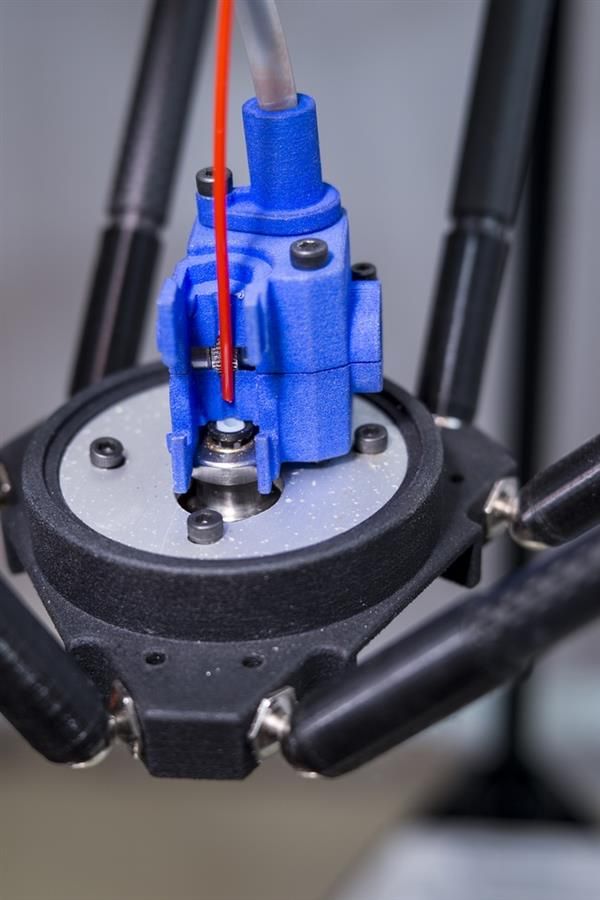 Nothing could contribute to the formation of lines during the printing process. But as it was said at the beginning of the film, the mount on the mirror reflecting the flow of light, which resonated in time with the stepper motor, is to blame.
Nothing could contribute to the formation of lines during the printing process. But as it was said at the beginning of the film, the mount on the mirror reflecting the flow of light, which resonated in time with the stepper motor, is to blame.
You can shoot a separate film for defects in photopolymer printing, since anything can affect the final result. I even had to carry out a whole research work with the study of the influence of external factors. It consisted in the fact that at a certain time a light source with different wavelengths, a fan or a vibration motor was turned on or off, which creates seismic external vibrations on the table. Each of the above equipment in one way or another led to the formation of lines on the models.
From experience it turned out that sunlight has a positive effect on tanning and negatively on the condition of the resin. If you print for several days in a row in clear weather, then the photopolymer becomes polemical, no matter how you look at it, and no UV protective cap can save you from this. Therefore, all further work was carried out surrounded by garden structures in the form of what was at hand. Less light - more benefit.
Therefore, all further work was carried out surrounded by garden structures in the form of what was at hand. Less light - more benefit.
Processing models after printing. After removing all support on many elements, there are traces in the form of acne. They are removed with a nail file and other abrasive accessories with different grain sizes to a satisfying final result. If the support is torn out with giblets for one reason or another, you can restore the crater using the same resin, fill the hole with it and fix it with an ultraviolet flashlight. Next comes the machining. At the stage of post-processing of the model, there is no need to rush.
I think many of you have watched The Mandalorian and the Boba Fett book. There was a small iodine, and so, he pissed me off. The model looks simple, but printing it turned out to be another task. At the beginning, it partially broke away from the supports. In the program, as usual, I forgot to set the hollowness and as a result, 200 grams of polymer went to the wind.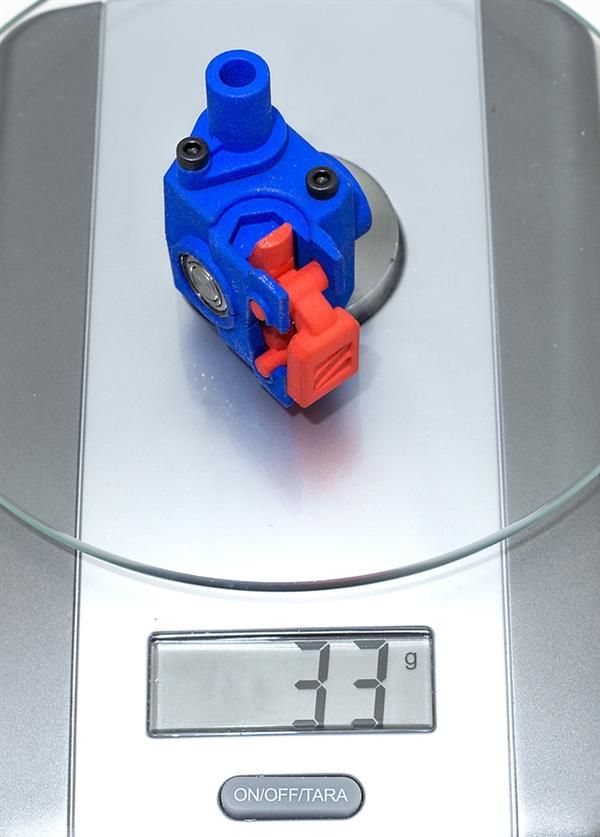 Then Grog's hands came off due to the insufficient thickness of the supports. Marriage was just the sea. Fortunately, an experiment is an experiment, it allows us to understand the principles and laws of the world around us.
Then Grog's hands came off due to the insufficient thickness of the supports. Marriage was just the sea. Fortunately, an experiment is an experiment, it allows us to understand the principles and laws of the world around us.
The model turned out to be difficult in terms of hanging elements both inside and outside, which required internal filling with supports. Halot Box does not have such a function, while Lychee Slicer has, among other things, the ability to hang a computer. On understanding the orientation of an object in space when printing in a canopy with all of the above, a whole carriage of defects has accumulated. Expensive polymer is certainly a pity, but experience has never been given at a simple price. As a result, this baby was born.
Comparison of the print quality of jewelry with different layer heights and different photopolymers. Let's look through a microscope at the relief of the ring depicting George the Victorious planting a snake on a bottle. Here we see three layer heights, 10, 30 and 50 microns. The lower the height, the higher the quality, the longer the print time. When magnified, it is clearly seen how the steps on the spherical element disappear. At 10 microns, the transitions are almost invisible, they seem to have merged and formed a smooth single surface. From this it is clear that when printing such models it is better to sacrifice time to increase the maximum detail.
Here we see three layer heights, 10, 30 and 50 microns. The lower the height, the higher the quality, the longer the print time. When magnified, it is clearly seen how the steps on the spherical element disappear. At 10 microns, the transitions are almost invisible, they seem to have merged and formed a smooth single surface. From this it is clear that when printing such models it is better to sacrifice time to increase the maximum detail.
Growing jewelry from liquid turned out to be an interesting activity, as each seal was subjected to many hours of study of various surface details. Sometimes the result looked quite predictable, and sometimes it was a stupor, especially if you set the light correctly and look at one point.
Now about the gray photopolymer from Anycubic. I don’t know how things are with those who constantly print to them, but I have vague doubts about its quality. At the beginning, I assumed that the bank was overdue here. But no, fresh until 2023.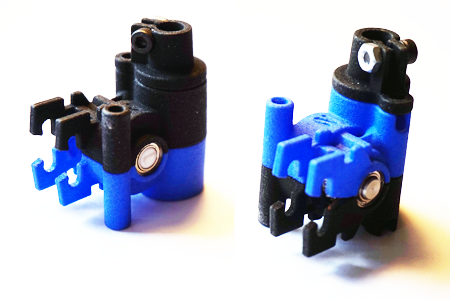 Then he suggested that the whole point was a violation of the technology for fixing the resin with ultraviolet light. All of the gray polymer products from Anycubic had an enormous amount of shrinkage. I had to print another model to evenly illuminate it with ultraviolet light, but fortunately this was not necessary. Having taken the ring straight from the printer, it turned out to be much smaller than those rings that were printed with another photopolymer. That's it.
Then he suggested that the whole point was a violation of the technology for fixing the resin with ultraviolet light. All of the gray polymer products from Anycubic had an enormous amount of shrinkage. I had to print another model to evenly illuminate it with ultraviolet light, but fortunately this was not necessary. Having taken the ring straight from the printer, it turned out to be much smaller than those rings that were printed with another photopolymer. That's it.
And finally, a little about the burned-out photopolymer resin Gorky Liqid Castable LCD. Some probably think what does burnt mean? This means that at a certain temperature it literally burns out. In this case, the product evaporates without a trace and leaves no residue behind. While I was filming the material, I did not notice how the burning polymer dripped onto the window sill and burned through the coating. Damn it, my wife will kill me)
Until she sees we continue fire hazardous work with ordinary resin, let's see what remains after it. You can clearly see how much soot is formed during the combustion of a conventional photopolymer; this option is not suitable for jewelry. Who is not in the subject, there the printed model is poured with molding mass, then the flask goes through a many-hour cycle of calcining and burning out the resin, and then liquid metal is poured into the formed cavity. It turns out a complete copy of the object from resin in metal. If the model burns out and leaves traces behind, you can forget about metal casting.
You can clearly see how much soot is formed during the combustion of a conventional photopolymer; this option is not suitable for jewelry. Who is not in the subject, there the printed model is poured with molding mass, then the flask goes through a many-hour cycle of calcining and burning out the resin, and then liquid metal is poured into the formed cavity. It turns out a complete copy of the object from resin in metal. If the model burns out and leaves traces behind, you can forget about metal casting.
The color of the photopolymer in the line of this manufacturer is one - transparent yellow. The price is two and a half times cheaper than the green swamp shown at the beginning of the post. As for the print settings. The first attempts to grow something were carried out on the standard settings of the previous resin with an exposure time of 2 seconds. But nothing good came of it. I had to experiment with matrices. They print quickly and immediately give an idea which control buttons to press on the printer.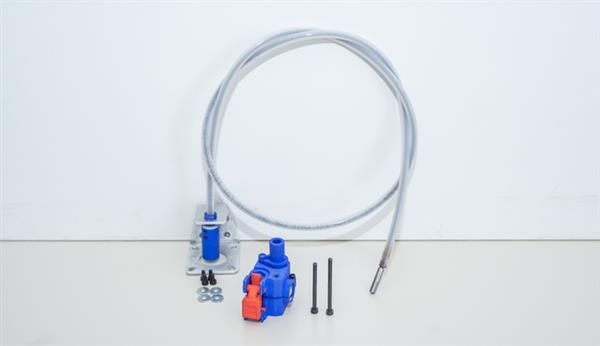 In general, you need to shine this resin for a long time, 10 seconds for a 50 micron layer and 6.5 seconds for a 10/30 micron layer. By the way, more than 10 seconds of exposure on the printer can not be set, the limit.
In general, you need to shine this resin for a long time, 10 seconds for a 50 micron layer and 6.5 seconds for a 10/30 micron layer. By the way, more than 10 seconds of exposure on the printer can not be set, the limit.
For reference. During this post, a lot of both necessary and unnecessary items in everyday life were printed. The field for creativity here has no boundaries, especially if you know how to model on a computer. For the birth of all the items, it took a bunch of experiments, to understand the principles of operation of different programs, to figure out the printer settings and transfer a ton of toilet paper. Each case has its own subtleties and nuances, the study of which requires time, patience and resources. The latter has been extremely lacking lately and all hope is only on sponsors. Further it will be more interesting. Burnout casting, induction half-bridge foundry, ionistor contact welding, various dosimeters. There is a whole scientific work on Tesla coils with meter lightning.


